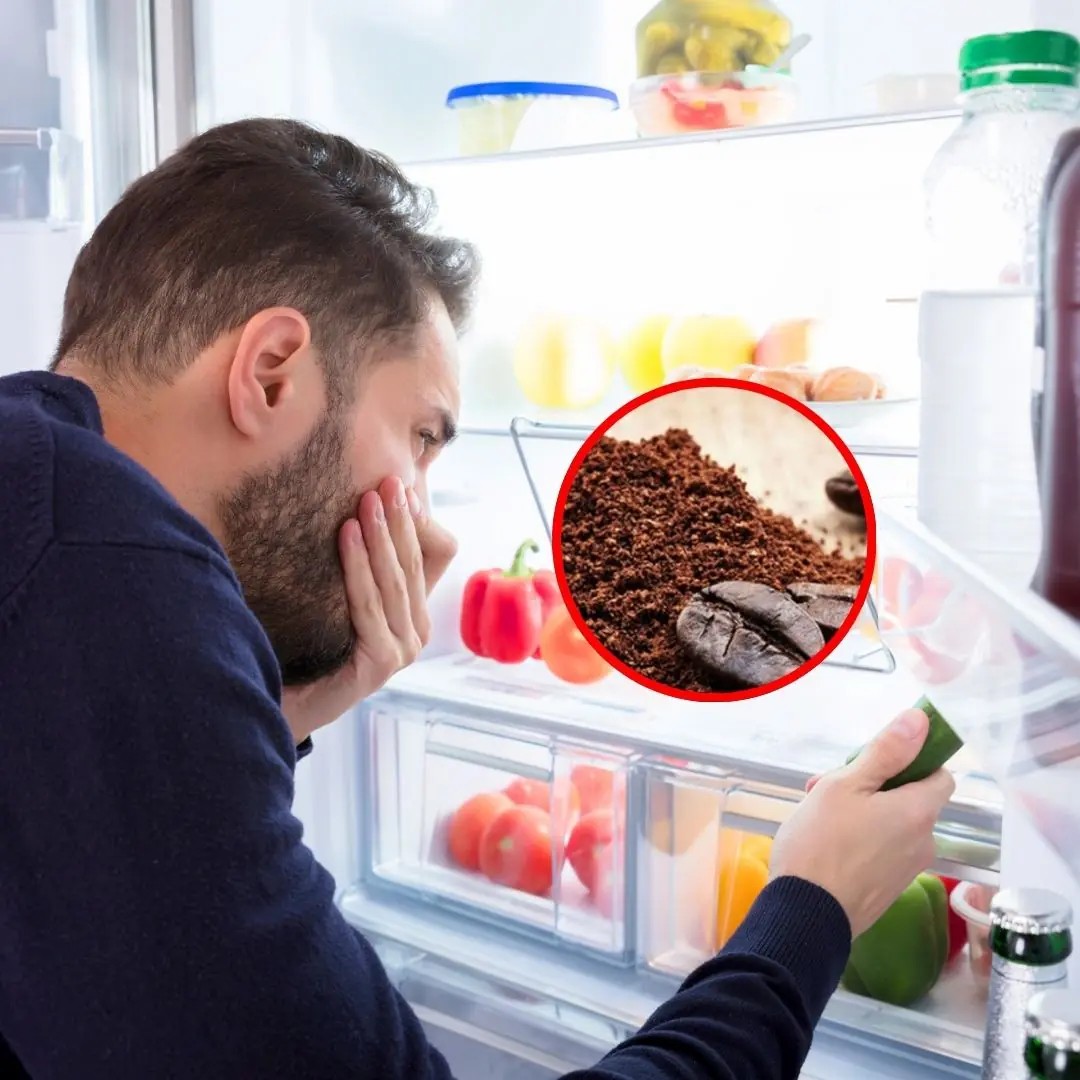
Don’t Throw Away Leftover Lemon Peels — Keep Them for These 5 Amazing Uses
Don’t Throw Away Leftover Lemon Peels — Keep Them for These 5 Amazing Uses
You can repurpose lemon peels after cooking to solve many household problems.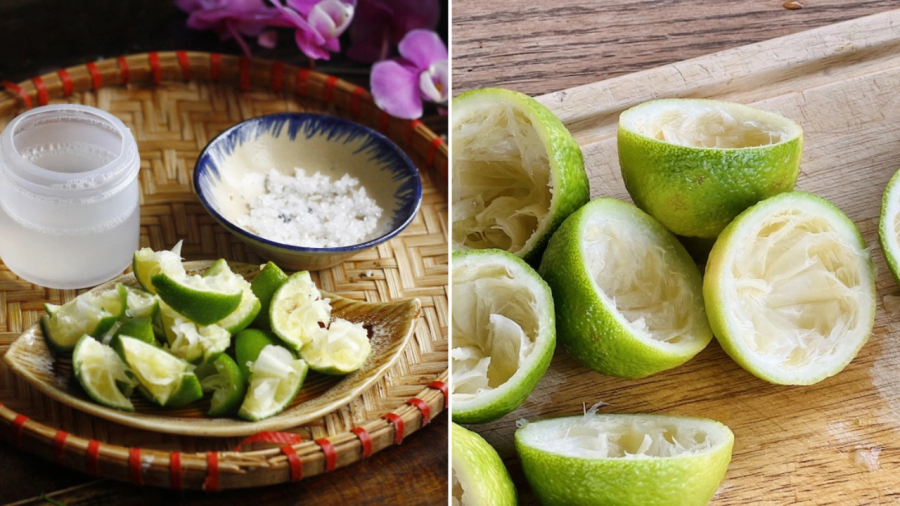
Lemon peels contain citric acid, with the chemical formula C₆H₈O₇. Citric acid is widely used in industries, pharmaceuticals, cosmetics, and food. It acts as a cleaning agent, preservative, water softener, and more.
Thanks to the citric acid and essential oils in lemon peels, you can make use of them in the following helpful ways around the house:
1. Make Dishwashing Liquid
You can use lemon peels along with other fruit peels to create an eco-friendly dishwashing liquid. The ingredients are simple: lemon peels and baking soda. When mixed, baking soda reacts with lemon juice to create fizz and CO₂. Citric acid also helps soften hard water.
How to make it:
-
Chop lemon peels and place them in a bottle (fill about half the bottle).
-
Add 2 tablespoons of baking soda.
-
Close the lid and shake well.
-
Leave the bottle in a sunny spot.
-
Open the lid once a day to release gas and promote fermentation.
-
After about 1 week, the lemon peels will be fully fermented.
Strain the liquid and discard the solids. Use this lemon extract to wash dishes.
Tip: Remove food scraps and rinse dishes before using the lemon-based cleaner for best results.
2. Remove Burnt Stains from Pots and Pans
When pots or pans are burnt and the residue sticks stubbornly to the bottom, lemon peels can help.
How to use:
-
Place several lemon peels (including the squeezed pulp) into the burnt pot.
-
Add enough water to cover the burnt area.
-
Boil for 15 minutes.
The combination of citric acid and heat will help loosen the burnt food residue. Then just wash the pot as usual.
3. Clean Knives and Cutting Boards
Citric acid has antibacterial and antiviral properties. It’s often found in fungicides, insecticides, and hand sanitizers.
After cutting raw foods, knives and cutting boards can harbor odors and bacteria.
To clean them:
-
Rub lemon peels over the surface of the knife and cutting board.
-
Then wash with dish soap and rinse thoroughly.
4. Deodorize the Microwave and Fridge
To eliminate odors in the microwave:
-
Place lemon peels in a bowl of water.
-
Heat on high for 2–3 minutes.
The steam carries the lemon’s fragrance, neutralizing bad smells. Afterward, wipe the interior with a dry cloth.
For the refrigerator:
-
Place a few lemon peels in corners of the shelves or compartments to absorb food odors.
5. Clean Teapots and Teacups
Tea often leaves behind stubborn stains that regular dish soap can’t remove.
To clean:
-
Rub lemon peels directly onto stained areas.
-
Alternatively, boil lemon peels with a pinch of salt in water.
-
Soak the teapot in this mixture for a few minutes.
-
Once the water cools, wash the teapot as usual.
By reusing lemon peels this way, you're not only reducing waste but also creating natural, chemical-free solutions for your home.
News in the same category

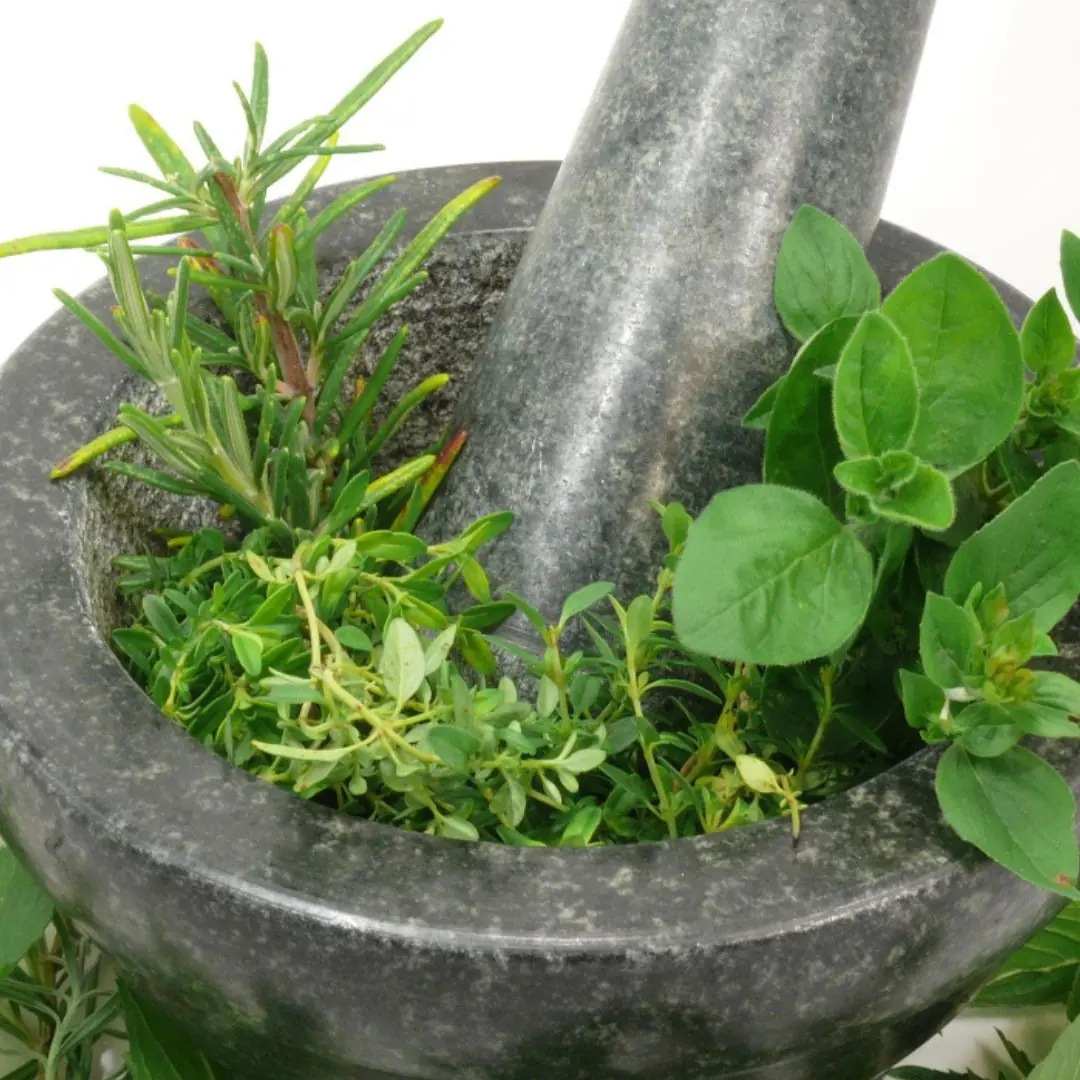
Bring out your hair’s natural shine with a leaf growing right in your garden

Pay attention when renting a motel or hotel room

A Nutritious Dish That Helps Ease Rheumatoid Arthritis and Can Be Cooked in Many Delicious Ways
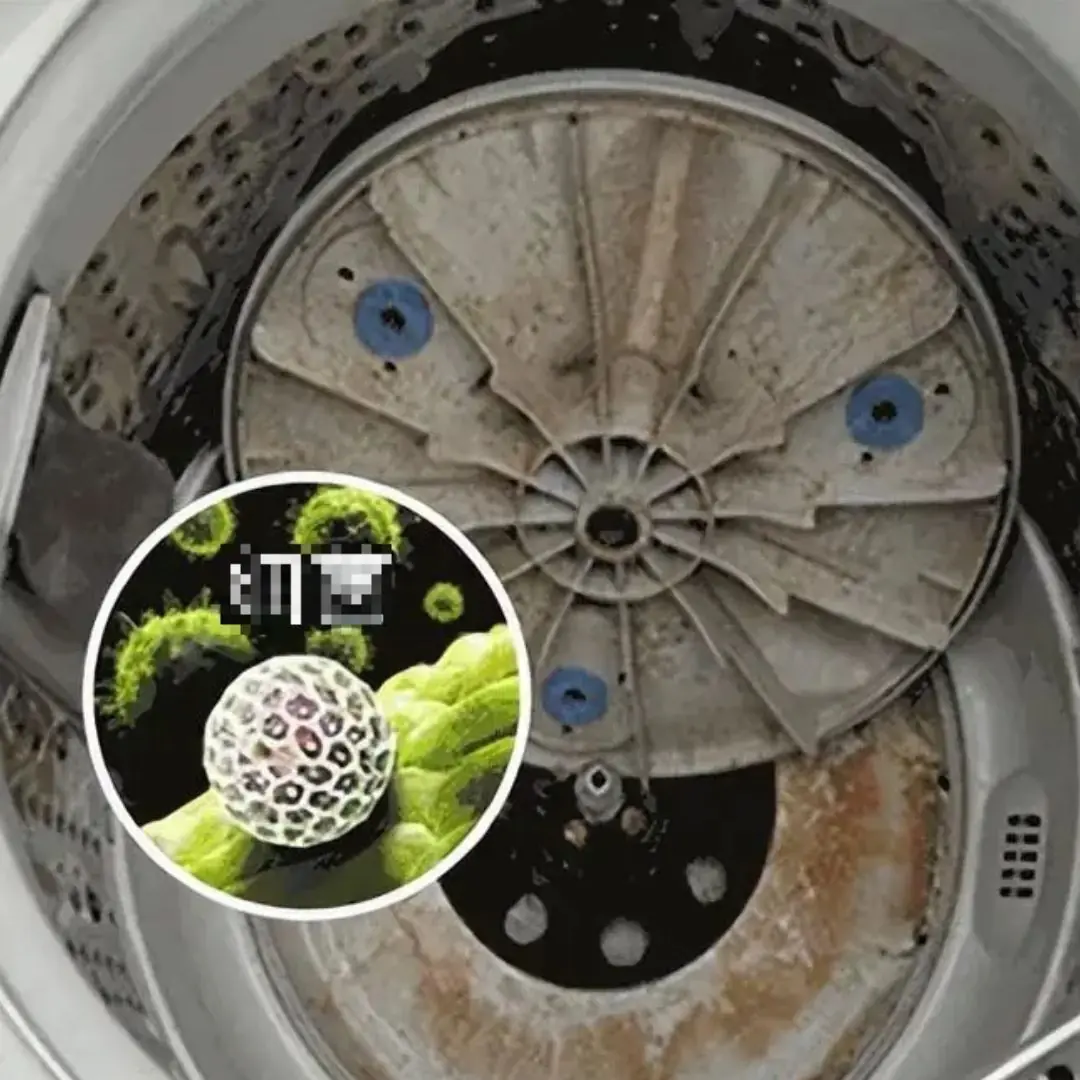
There’s one household item most people forget to clean, yet it can quickly turn into a hotspot for bacteria and illness
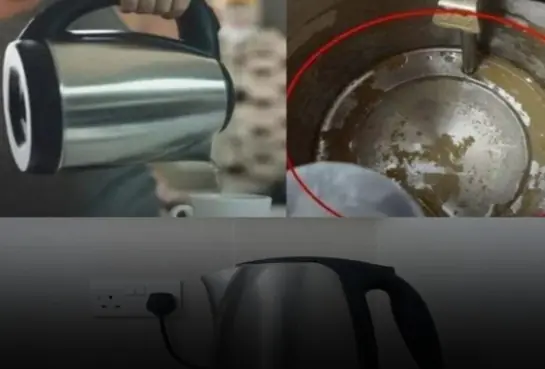
Condolences to those who are using these 4 types of electric kettles

Housewives need to pay attention to this
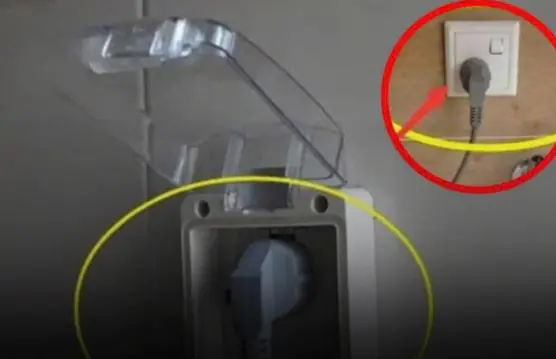
Be sure to unplug to reduce electricity bill

4 types of fish covered with "para.sites"!

The 3 most toxic pork parts in the market, no matter how cheap, don't buy them or you'll get sick
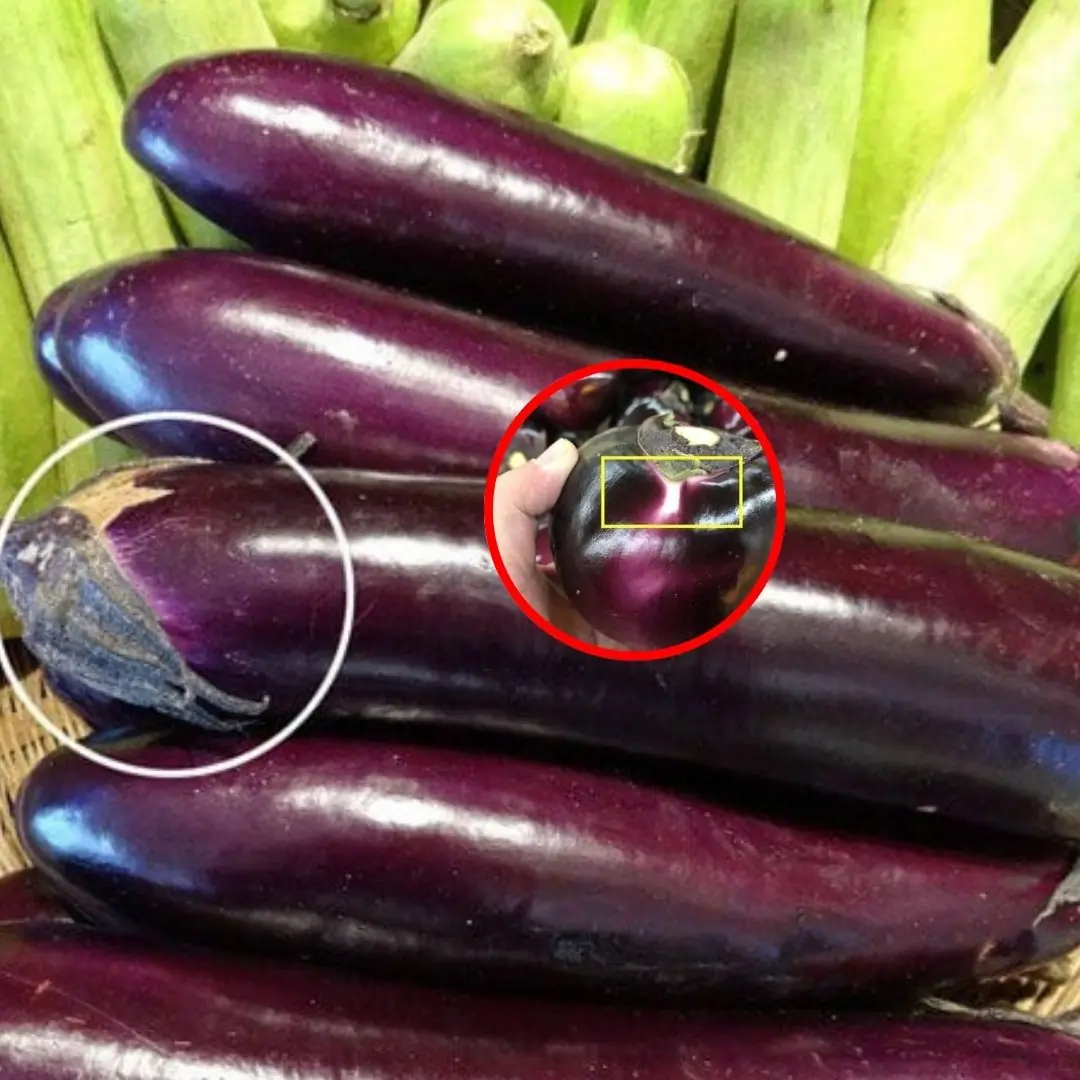
Unlock the secret to choosing perfectly tender, flavorful eggplants — fresh, safe, and free from preservatives!

Follow this tip and your fish will stay fresh without losing its nutrients

What Happens to People Who Regularly Eat Sweet Potatoes for Breakfast Over a Long Period of Time?

Bathroom and toilet doors should be closed or open

Snakes are very af.raid of these 2 types of flowers
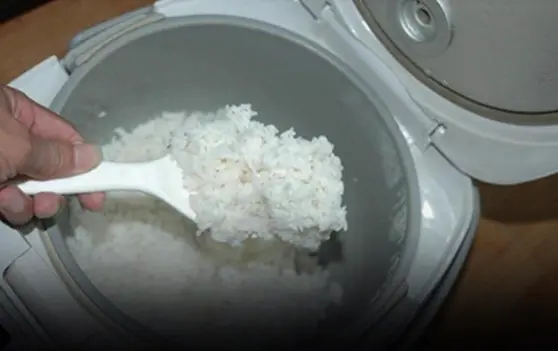
Everyone needs to pay attention when reheating cold rice

Simple tips to clean yellow sweat stains on white shirts
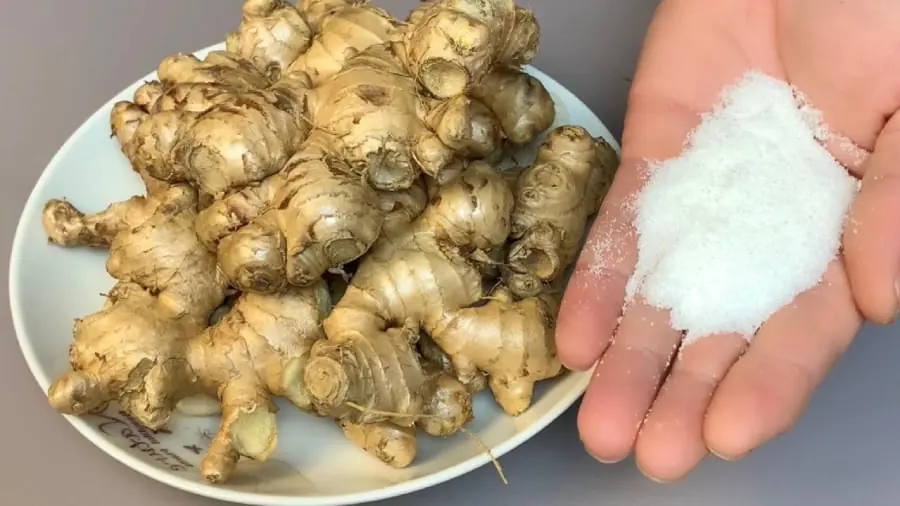
Tips to Keep Ginger Fresh All Year Without Sprouting — Fragrant and Firm Like New

Add One Small Step to Keep It Fresh and Sweet for a Whole Year
News Post

Older Adults, Your Muscles Are Disappearing Without This Food in Your Diet

Unlock the Ancient Hair-Growth Secret That Boosts Length Naturally — No Chemicals, Just Pure Power

7 Subtle Signs Can.cer Might Be Growing Inside Your Body — Listen Before It’s Too Late
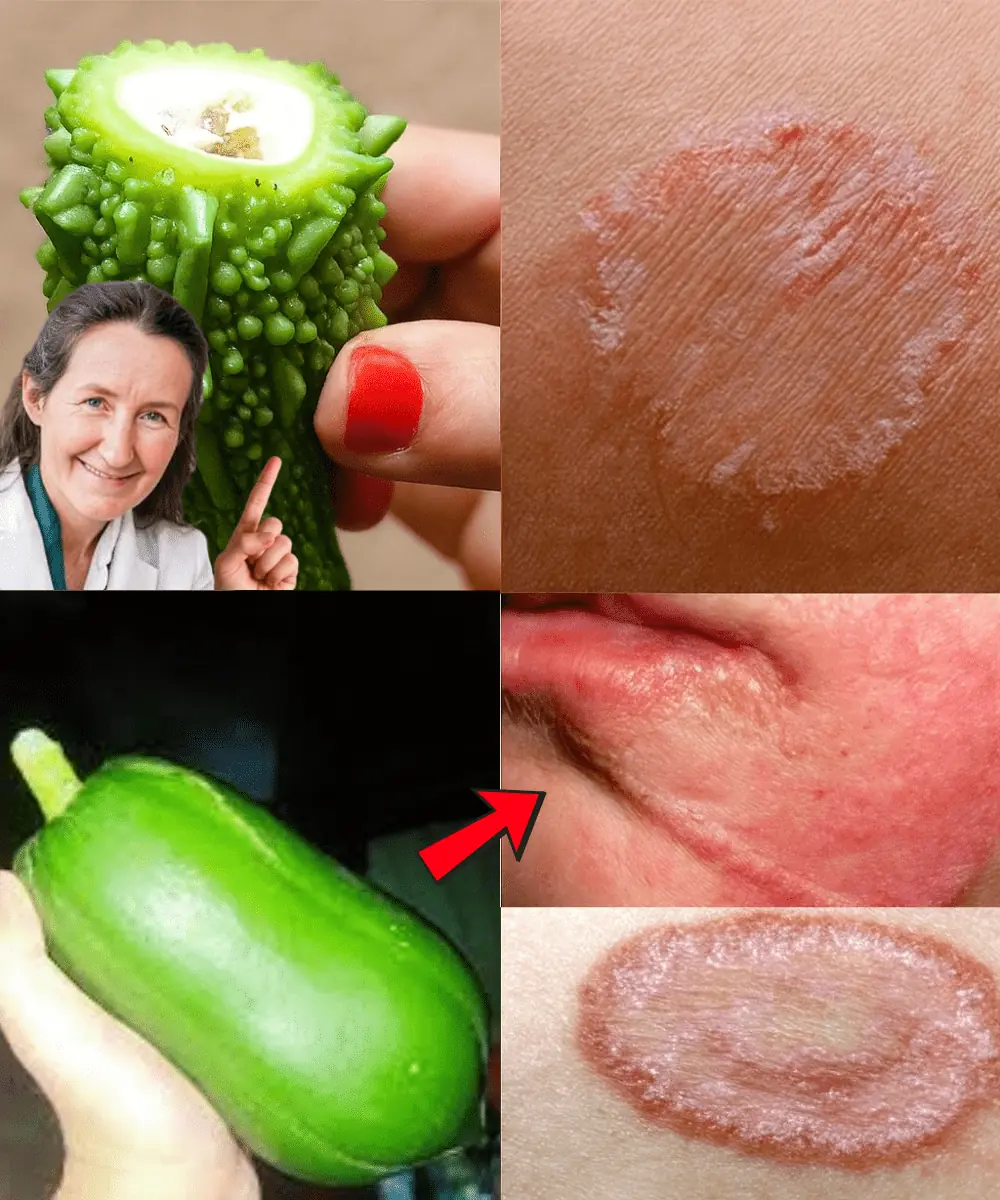
9 Natural Remedies That Wipe Out Fungal Infections Fast — No Chemicals, Just Results

Prevent refrigerator odor with kitchen waste, no cost, fresh and fragrant refrigerator, fresh food
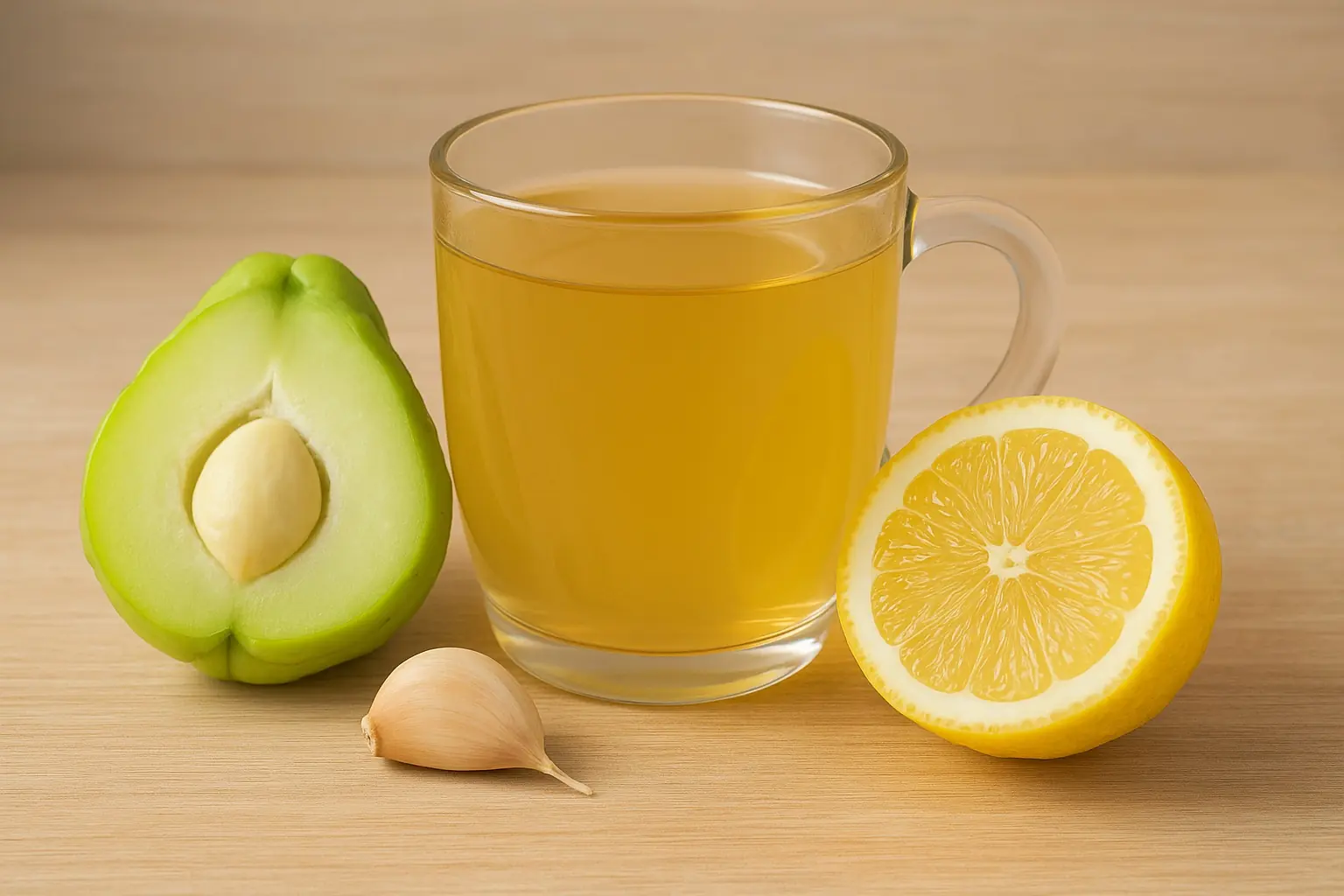
The 10-Minute Morning Tonic That Melts Away Swelling, Stiff Joints, and Circulation Fatigue

Clove Tea: The Ancient Elixir That Heals, Energizes, and Transforms from Within
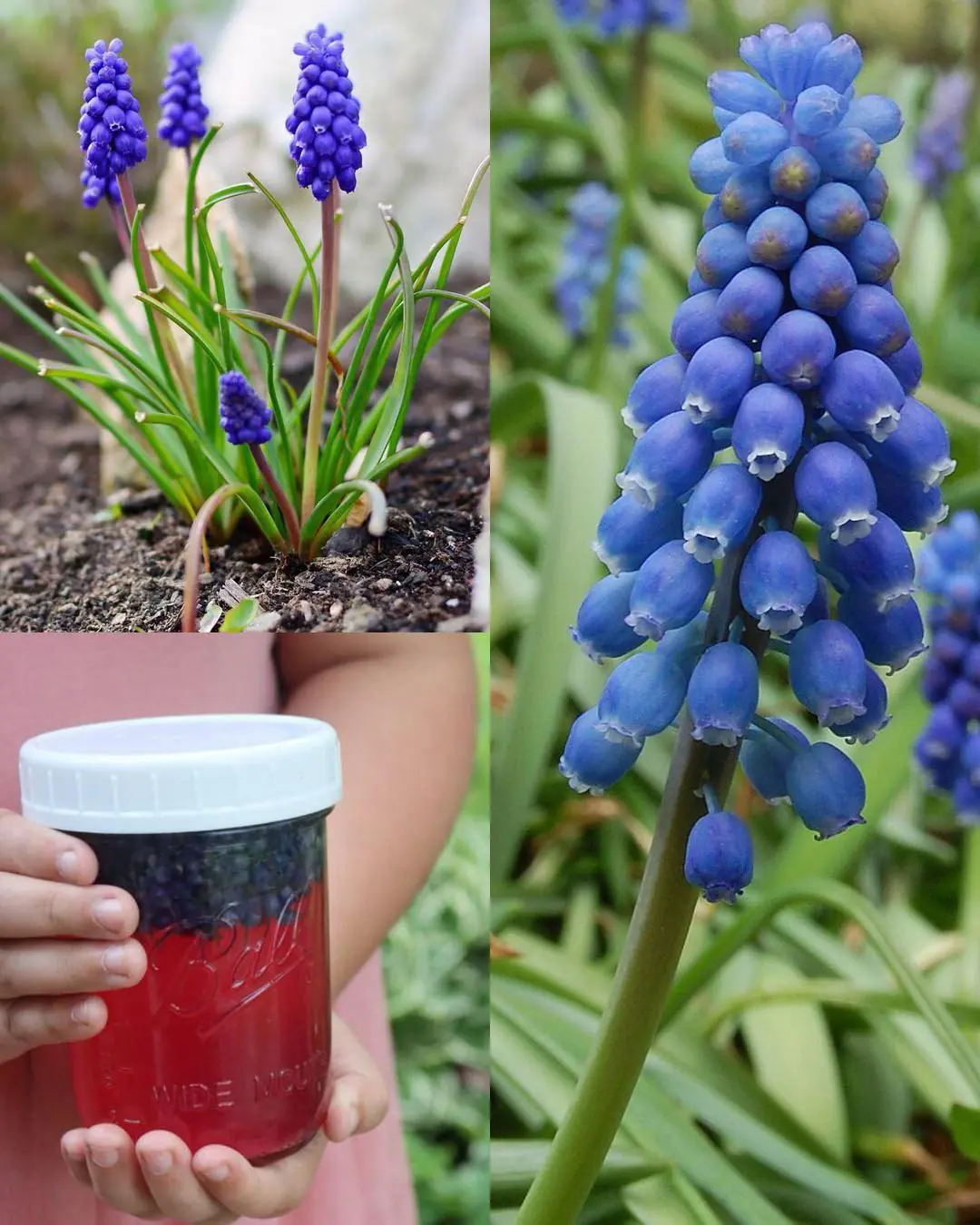
Grape Hyacinth (Muscari): The Stunning Spring Flower That’s Edible - If You Know the Right Kind
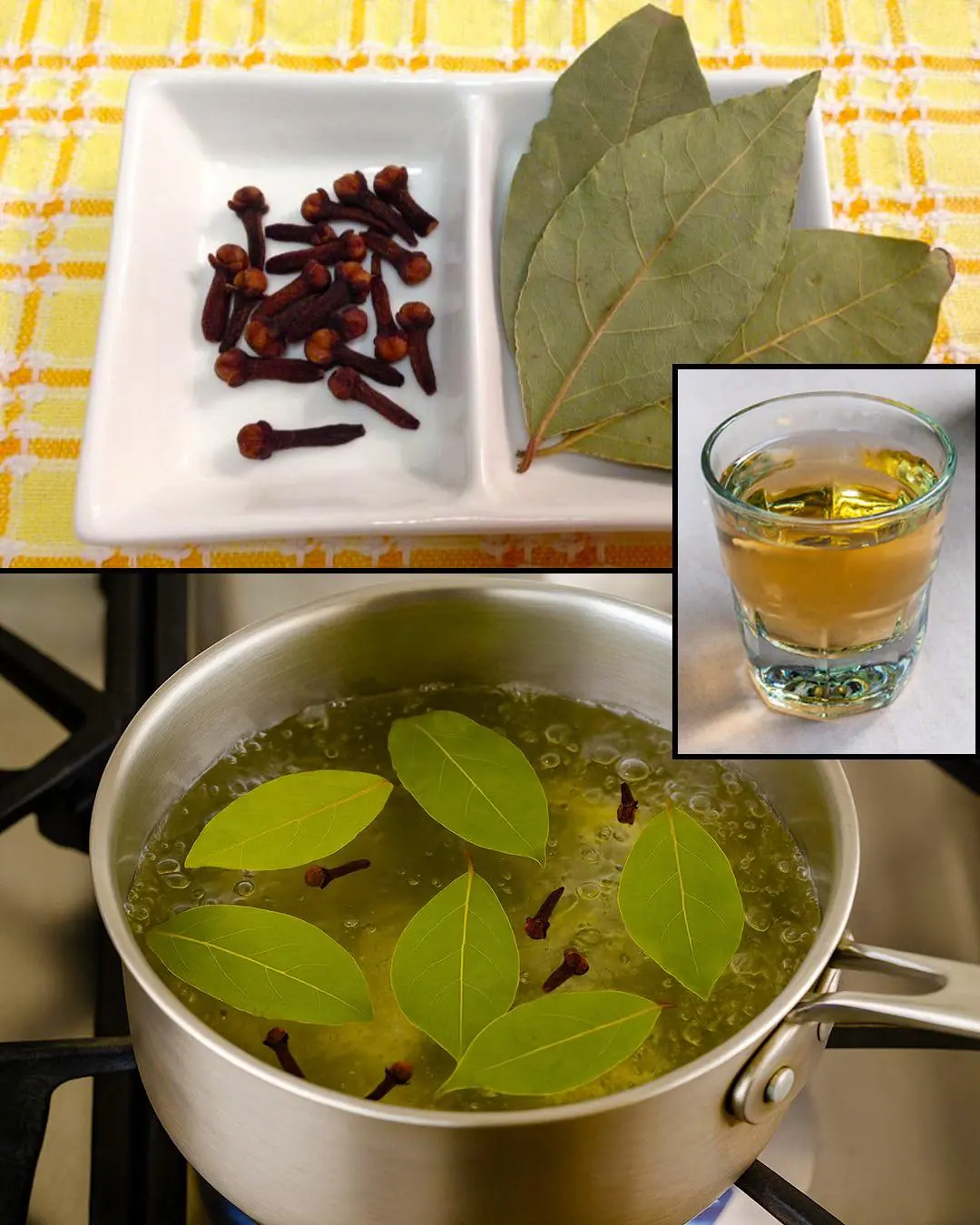
The Surprising Benefits of Boiled Bay Leaves and Cloves: A Natural Elixir for Wellness

The habit of drinking hot water mixed with cold water will be harmful if you do not understand these 3 important things: Bacteria will grow, the body will get sick
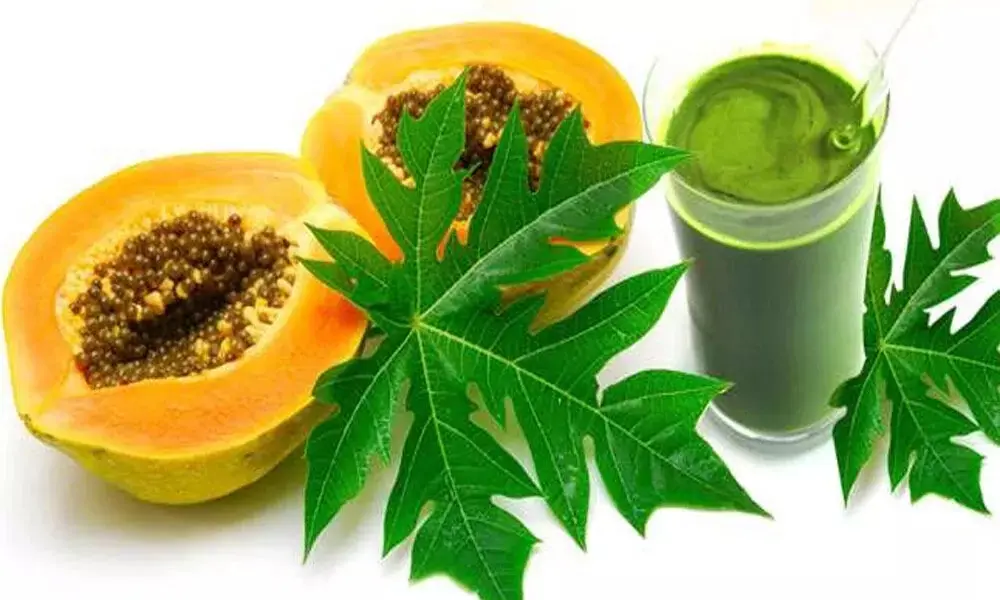
The Hidden Healing Power of Papaya Leaves: Nature’s Secret Weapon for Health and Vitality

Pick a Ring and Discover What It Says About the Woman You Are

Bring out your hair’s natural shine with a leaf growing right in your garden
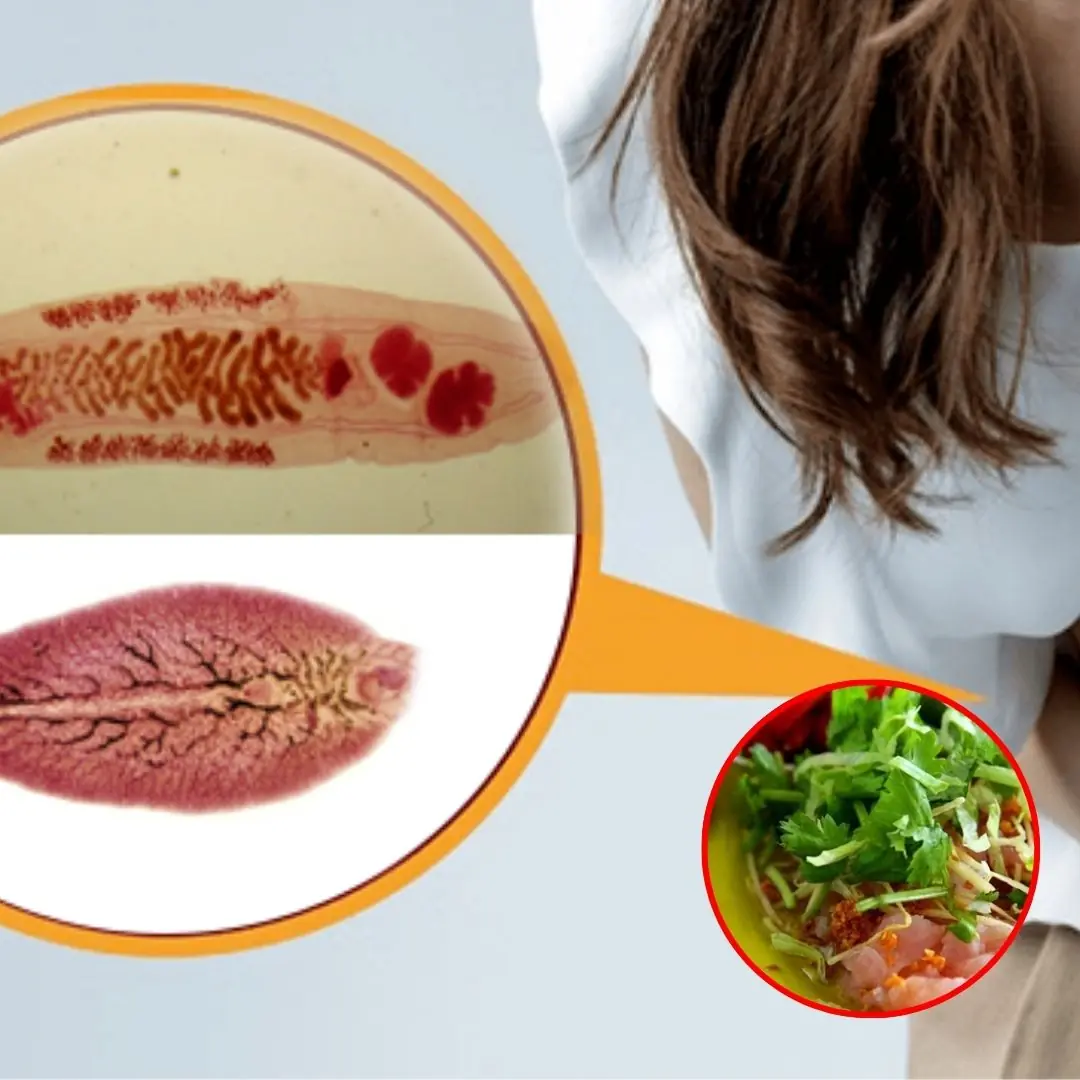
The risk of liver fluke infection from eating habits that many people have
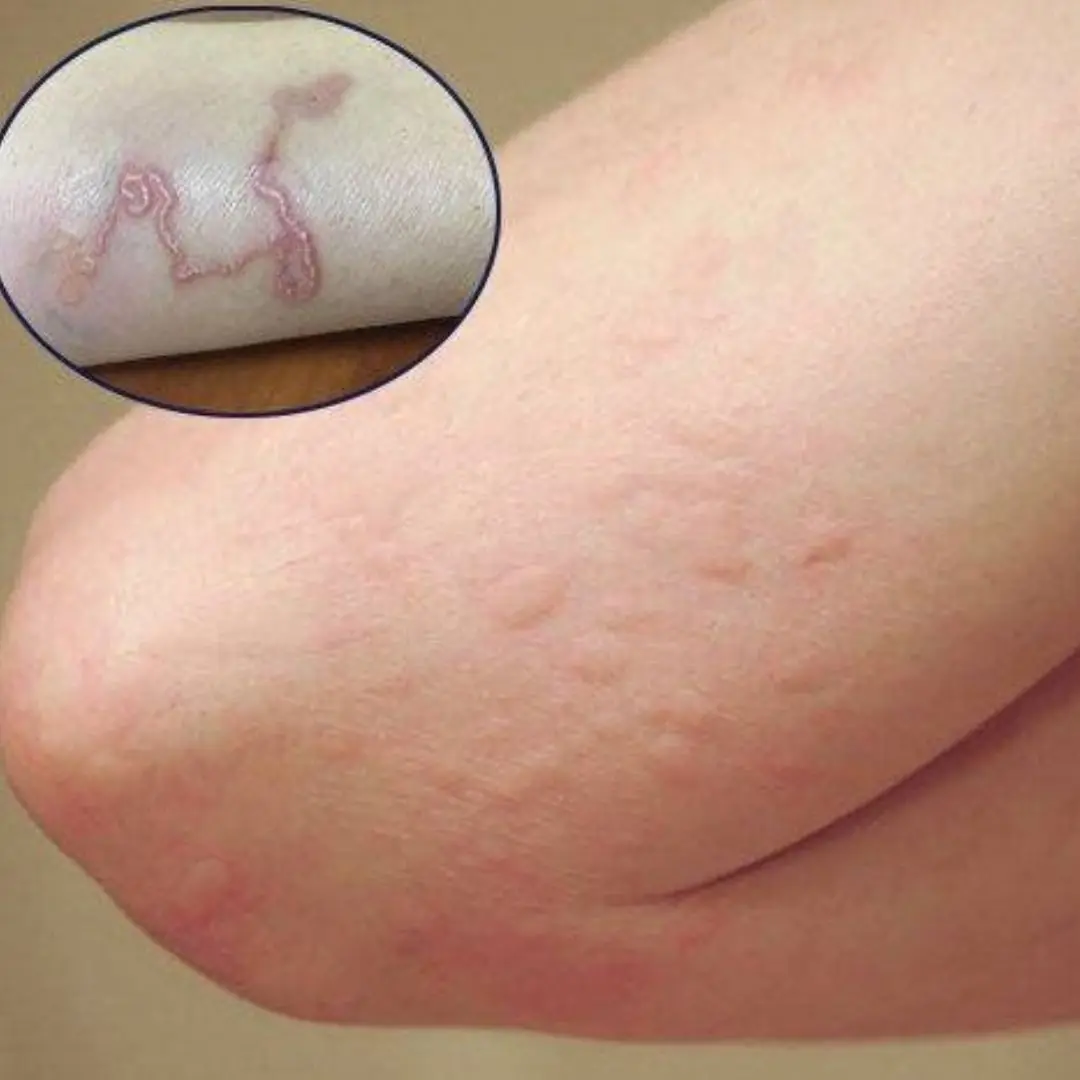
6 Signs You Have a Dog Tapeworm Infection That You Can Easily Ignore

Sweet Potatoes Could Damage Your Health — Especially If You’re in These 5 Categories!

5 Nighttime Drinks to Cleanse Your Li.ver and Shed Pounds While You Sleep

Doctors Reveal 5 Types of Foods Parents Should Never Give Their Children

My Stepmom Stole My Late Mom’s $25K Inheritance to Buy Her Son a Jeep – Karma Made Her Pay Three Times Over
